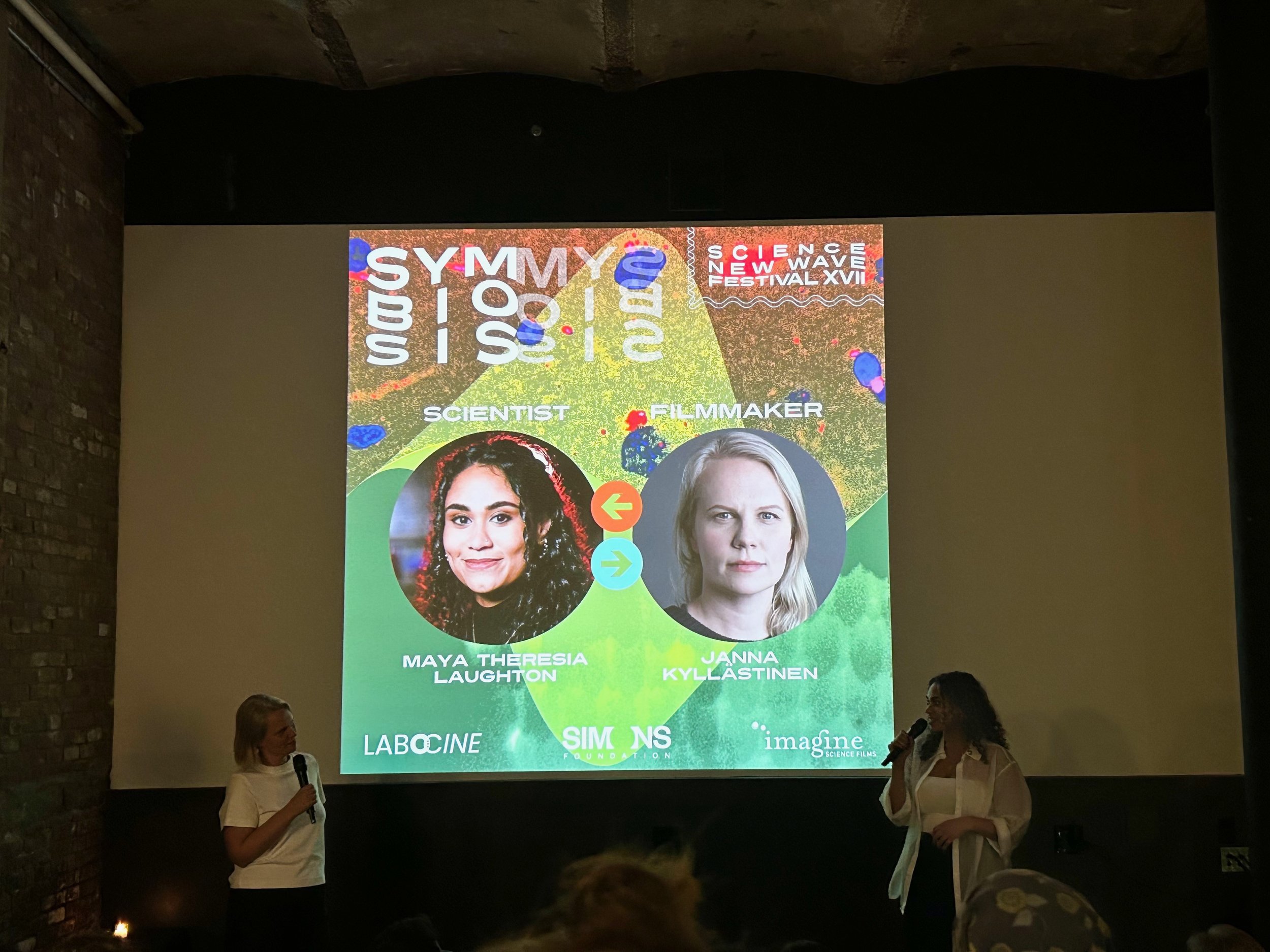
Re-thinking Science Communication
On the Intersection of Science & Art
Curiosity drives me, whether it be intellectual, creative, or experiential. It’s what calls me to science and filmmaking, as both can be an opportunity to continuously learn and investigate and create.
Through my determination to figure out how to unite science and art, I have come to understand that science and art are not in opposition but are closely intertwined. They both start with an observation, whether physical (the world) or abstract (the human condition), that sparks our imagination. They are both pursuits to make sense of our reality.
There seems to be a modern idea that science is purely rational; yet, we are not unbiased observers of the world, but active participants experiencing it. Though anchored in repeatable steps and empirical evidence, the process of science is a creative one. In fact, to truly be unbiased is to set your imagination free – and art is creativity in its freest form. As Einstein said, “where the world ceases to be the scene of our personal hopes and wishes, where we face it as free beings admiring, asking, and observing, there we enter the realm of Art and Science.”
Both science and art are conversations. Art is inherently a conversation between the artist and the audience, whereas science is a conversation between our reality and our minds. Art connects people; science connects thoughts. Together, they can translate abstract ideas – the essence of science communication.
It was art that grew the scientist in me. As a lover of science-fiction, I had explored worlds across time and space before I ever got my driver’s license. I wondered what life could look like, what forms consciousness could take, how a world comes to be and how it might be destroyed. It taught me that knowledge doesn’t only come with a degree. With so much of science hidden in an ivory tower that so few have access to, art can make science more accessible.








